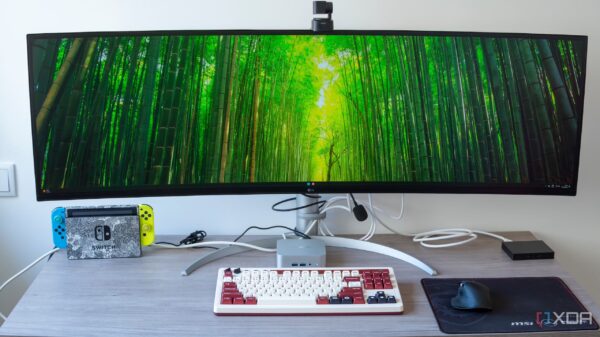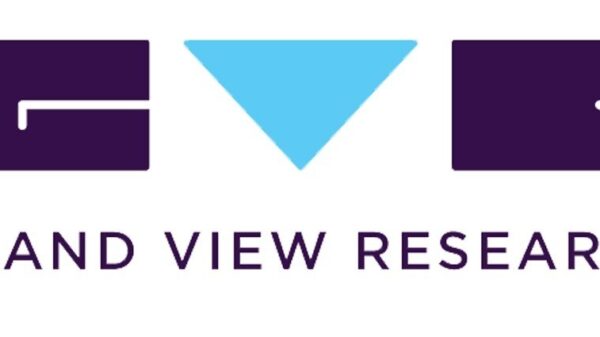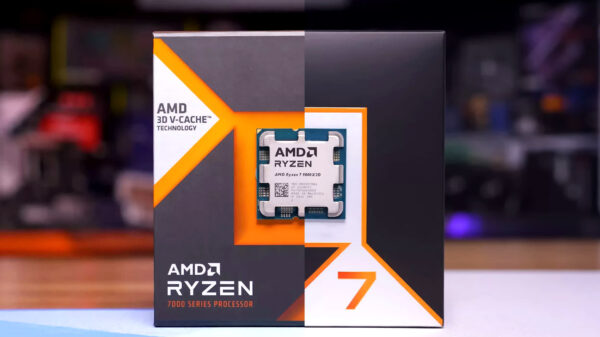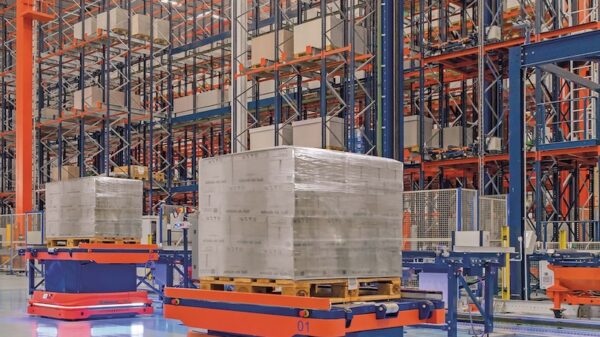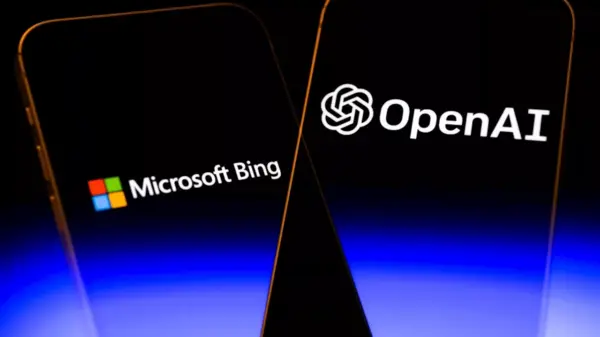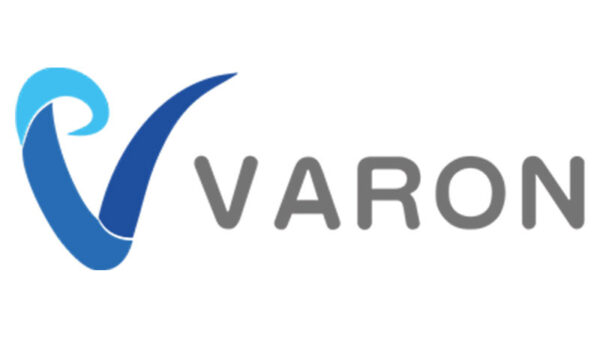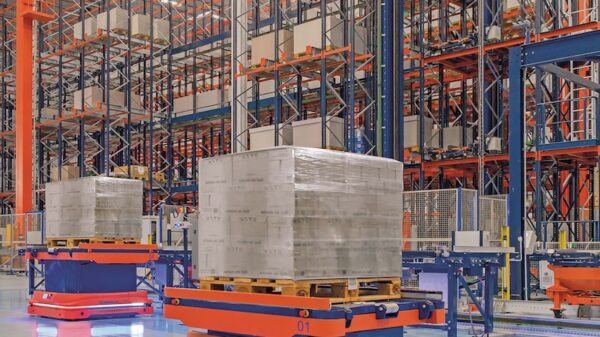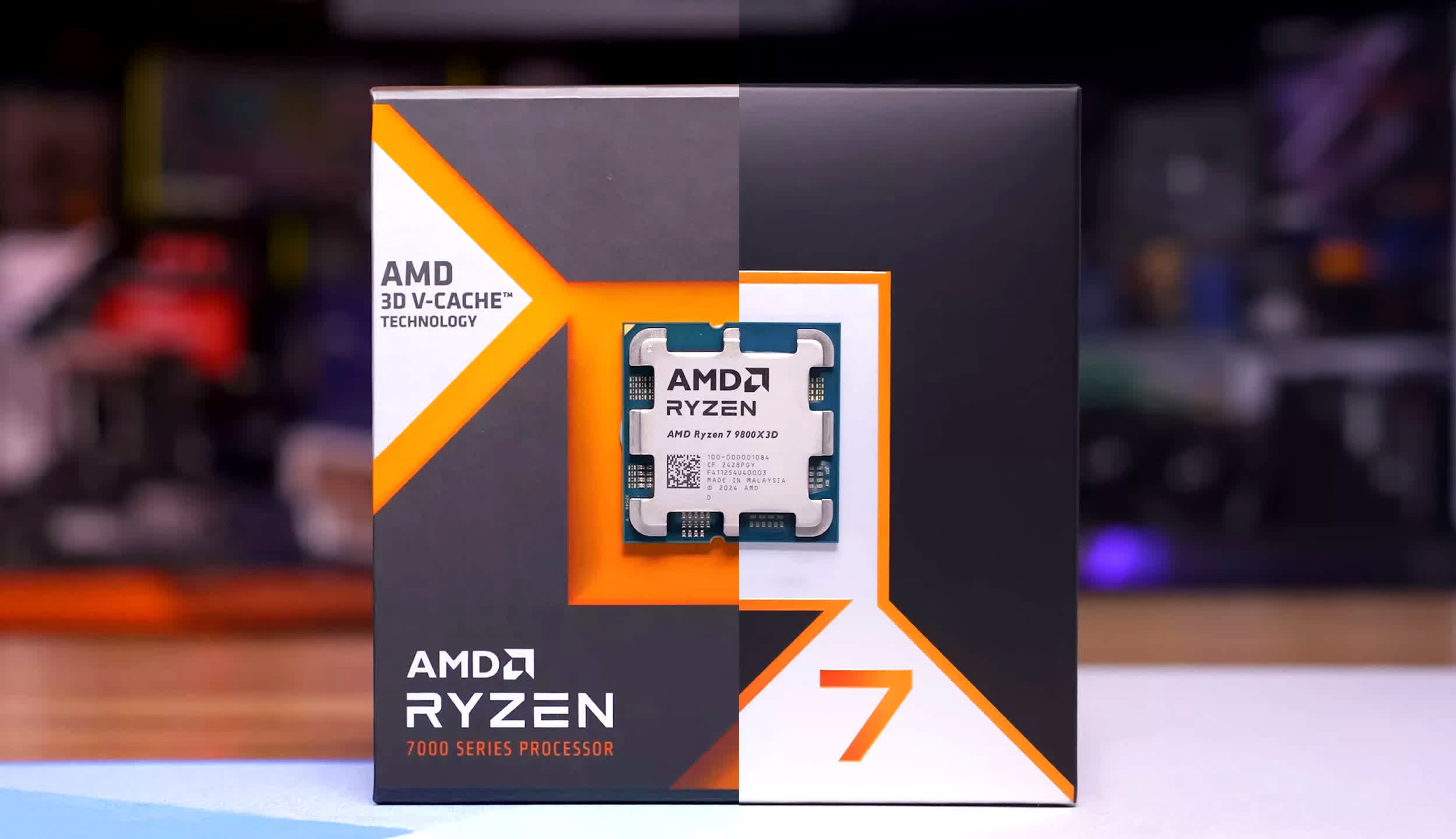As of late 2025, the landscape for purchasing central processing units (CPUs) has evolved significantly. Consumers are now faced with the challenge of balancing performance, platform costs, and future upgrade paths. This shift is largely due to rising memory prices and the rapid obsolescence of Intel’s socket designs, which have made value assessments increasingly complex.
Evaluating Performance versus Cost
The CPU market is currently dominated by two major players: Intel and AMD. Both companies have released new models that cater to a variety of needs, from high-end gaming to budget-friendly options. As of March 2025, PC gamers and professionals alike are scrutinizing specifications and pricing carefully.
Intel’s latest offerings include the Core i9-14900K, which boasts impressive clock speeds and multi-threading capabilities. However, its price point, which typically hovers around $600, raises questions about its value considering the need for compatible motherboards and memory. Meanwhile, AMD’s Ryzen 9 7950X provides a competitive alternative at a similar price but with distinct advantages in multi-core performance, particularly for content creators.
Both companies are now focusing on efficiency and performance per watt, which has become a critical factor for consumers. In this context, the overall system cost, including the motherboard and RAM, plays a significant role in the decision-making process.
Future-Proofing Your Investment
When investing in a CPU, considering the future upgrade paths is essential. The fast-paced evolution of technology means that today’s top performer can quickly become obsolete. Intel’s socket designs, which have developed a reputation for rapid aging, present a challenge for users looking to extend the life of their systems. Conversely, AMD’s AM5 socket offers greater longevity, appealing to consumers prioritizing future upgrades.
The rising prices of memory modules further complicate the purchasing landscape. High-performance DDR5 RAM is now in high demand, with prices reaching upwards of $200 for 32GB kits. The combination of these factors means that shoppers must look beyond clock speeds and core counts to make informed decisions.
In summary, the CPU market in late 2025 is characterized by a complex interplay of performance, cost, and future-proofing. Both Intel and AMD have compelling offerings, but understanding the broader context of component compatibility and pricing is crucial for making a wise investment. As consumers navigate this intricate landscape, a focus on overall system value rather than just raw speed will likely lead to better long-term satisfaction.



